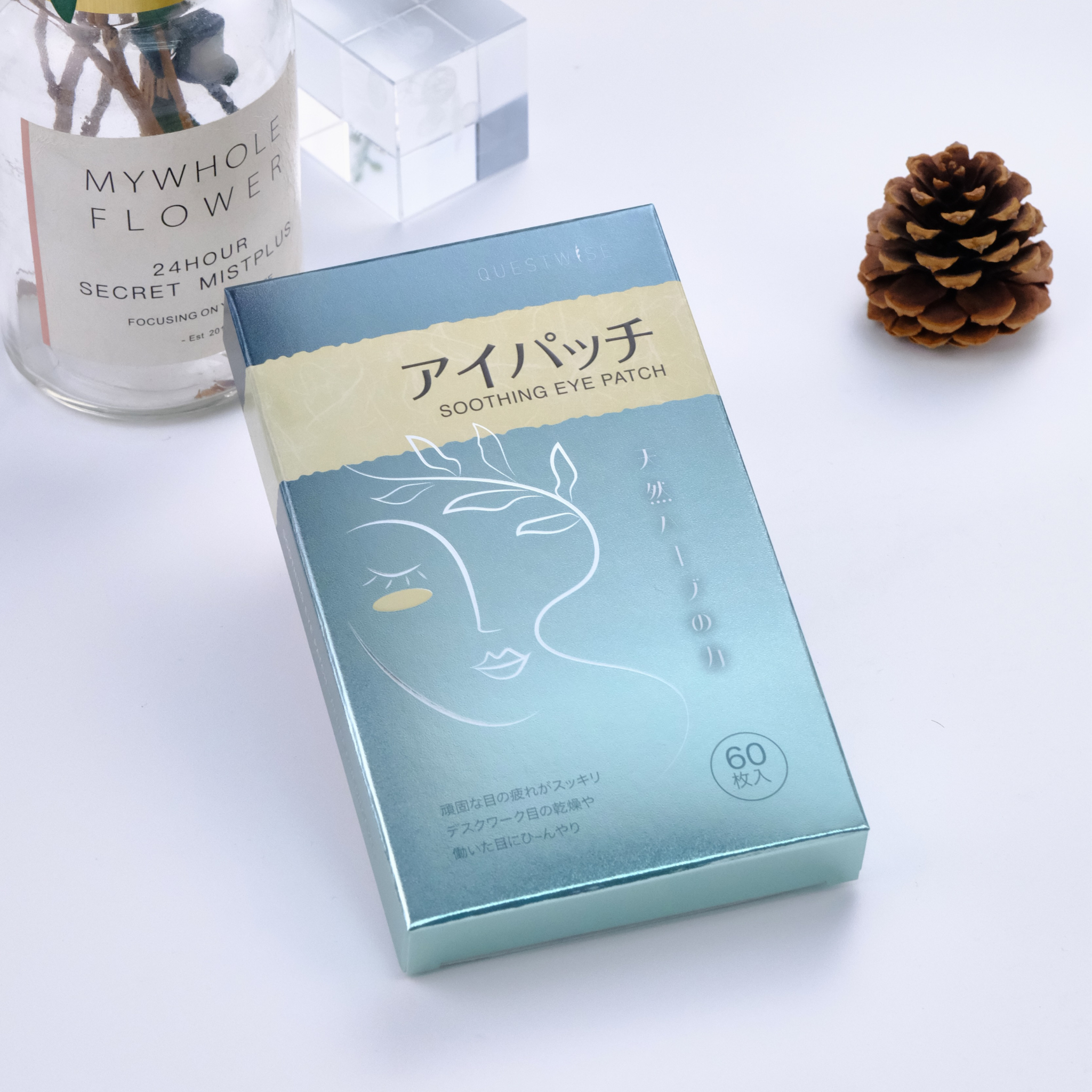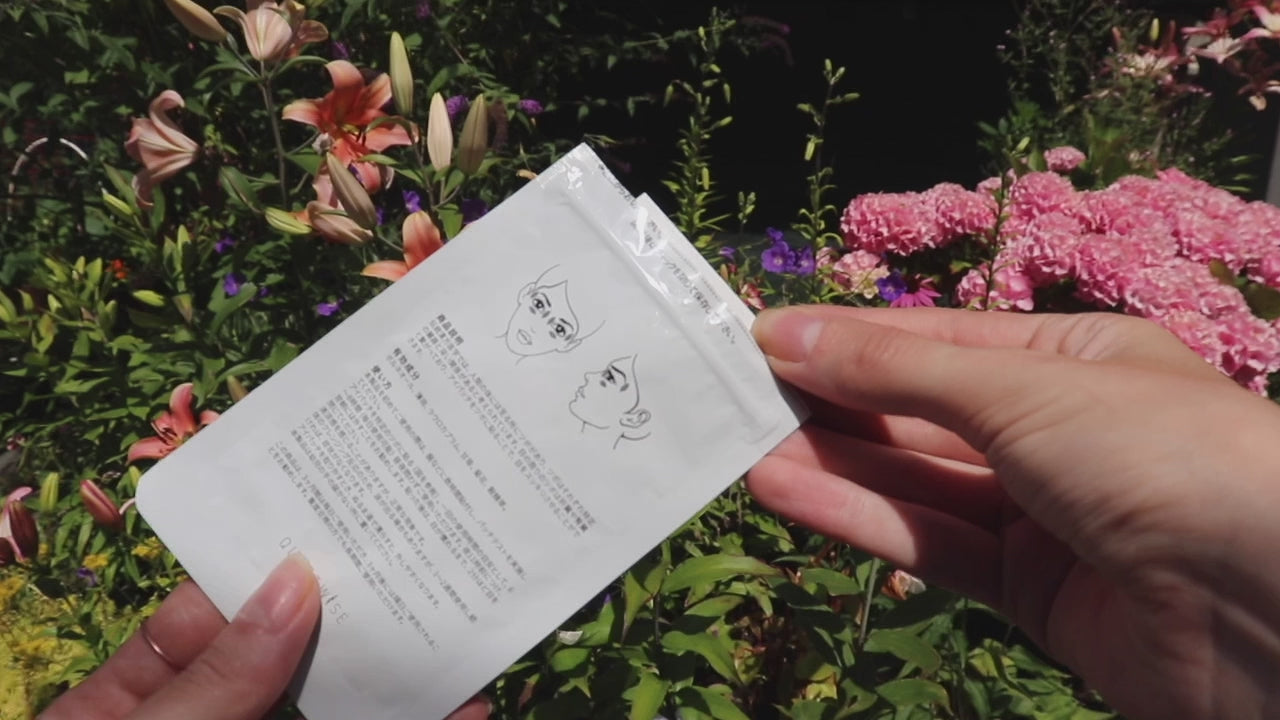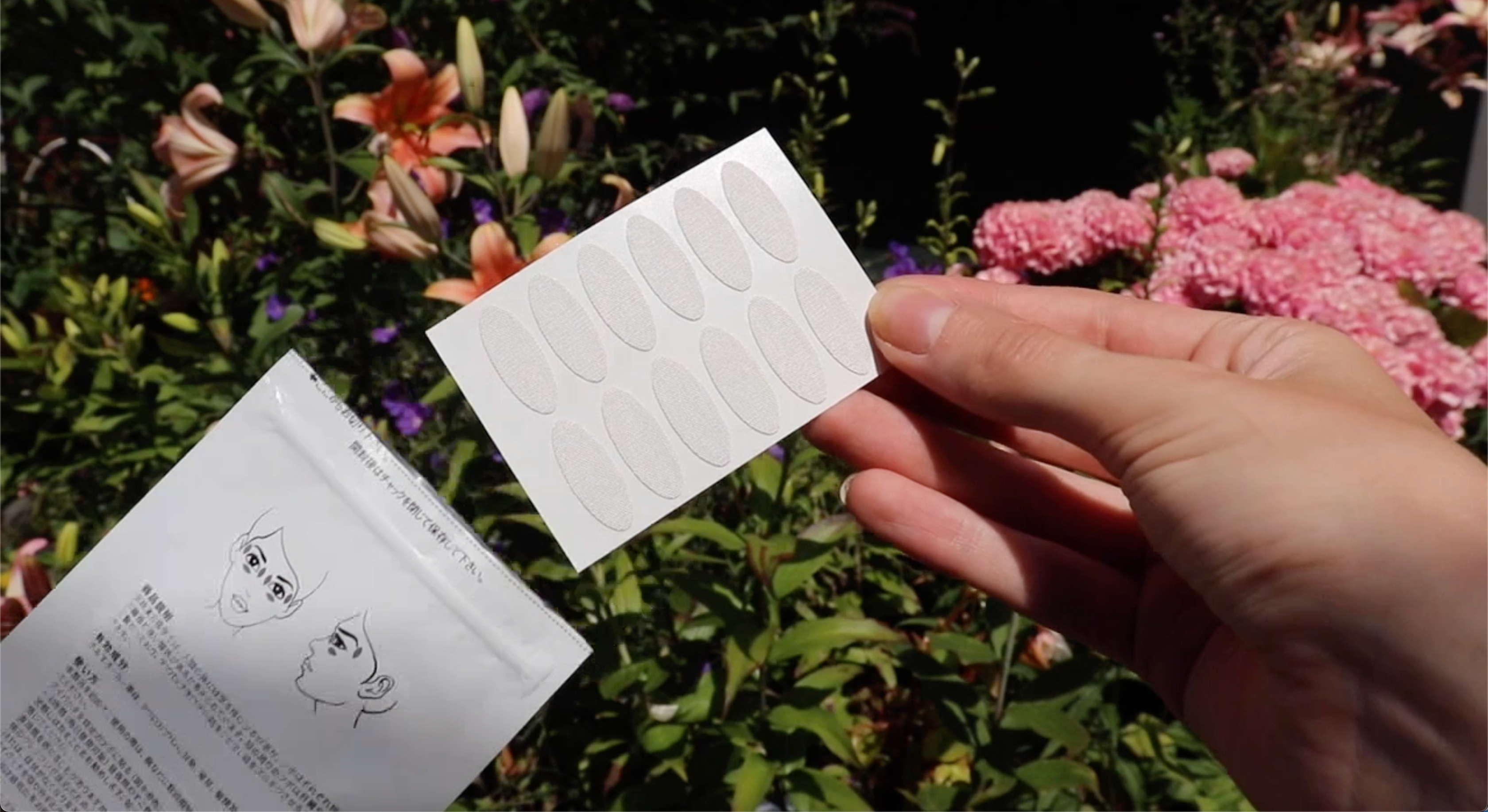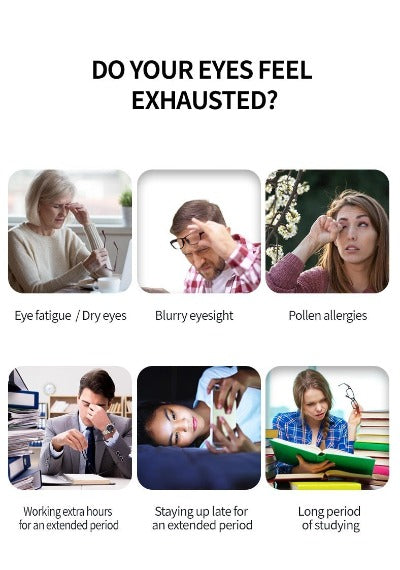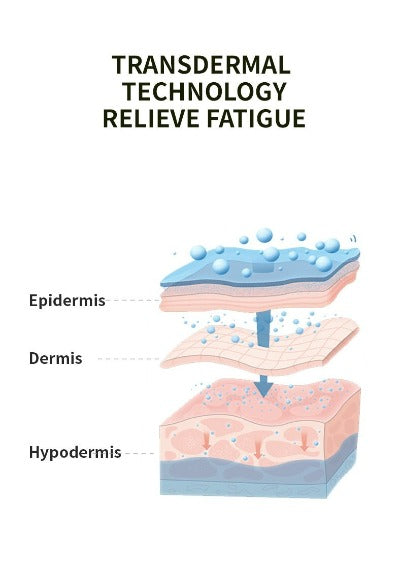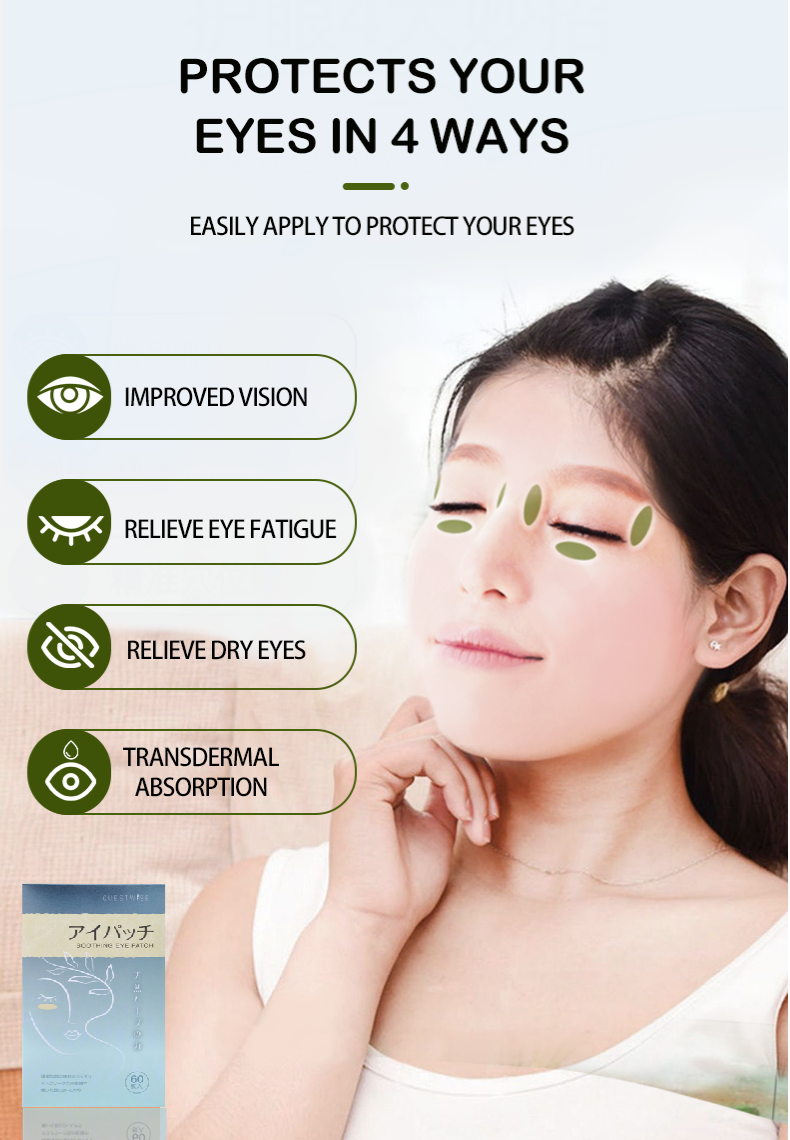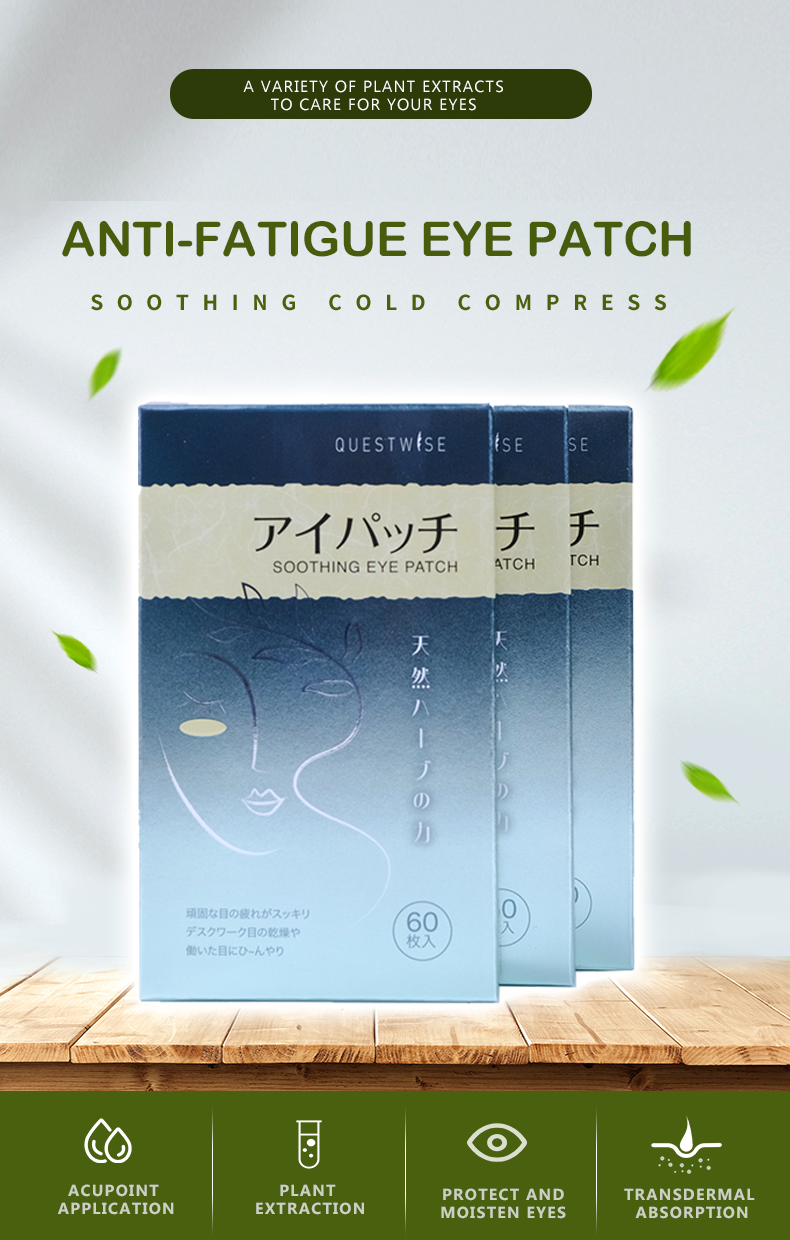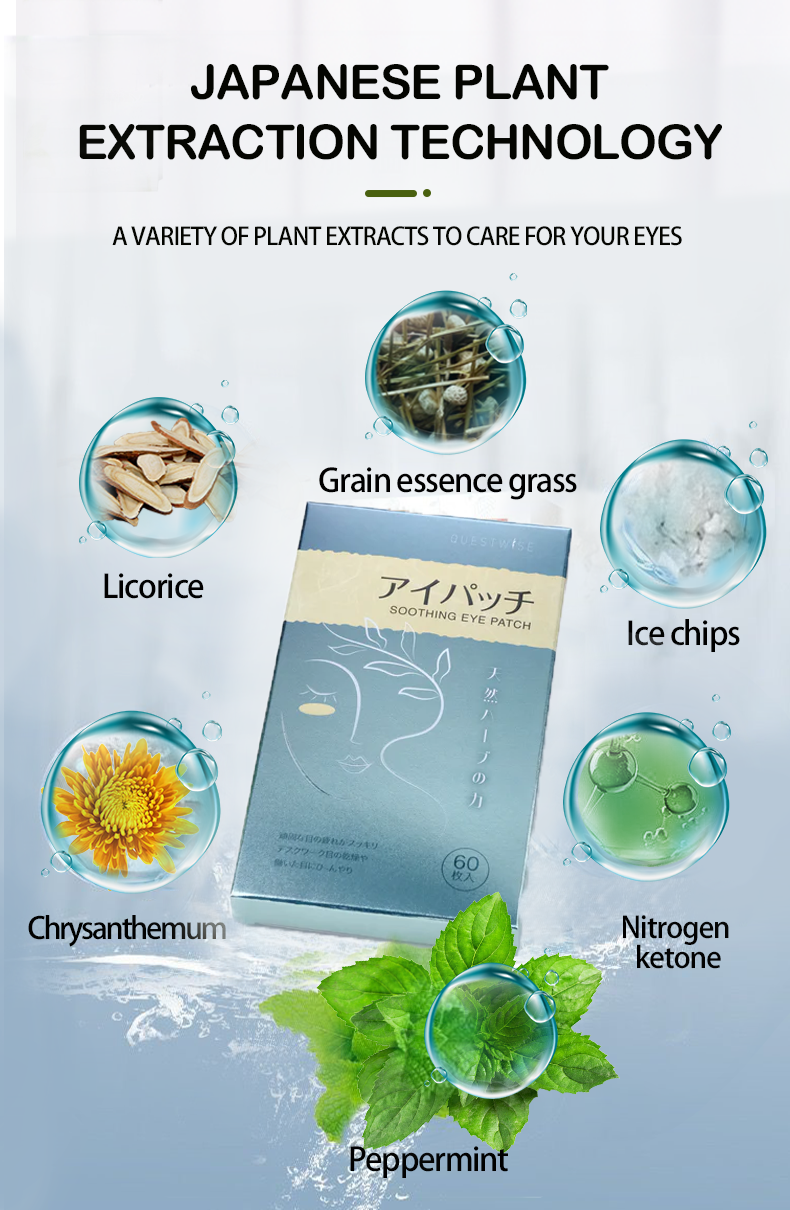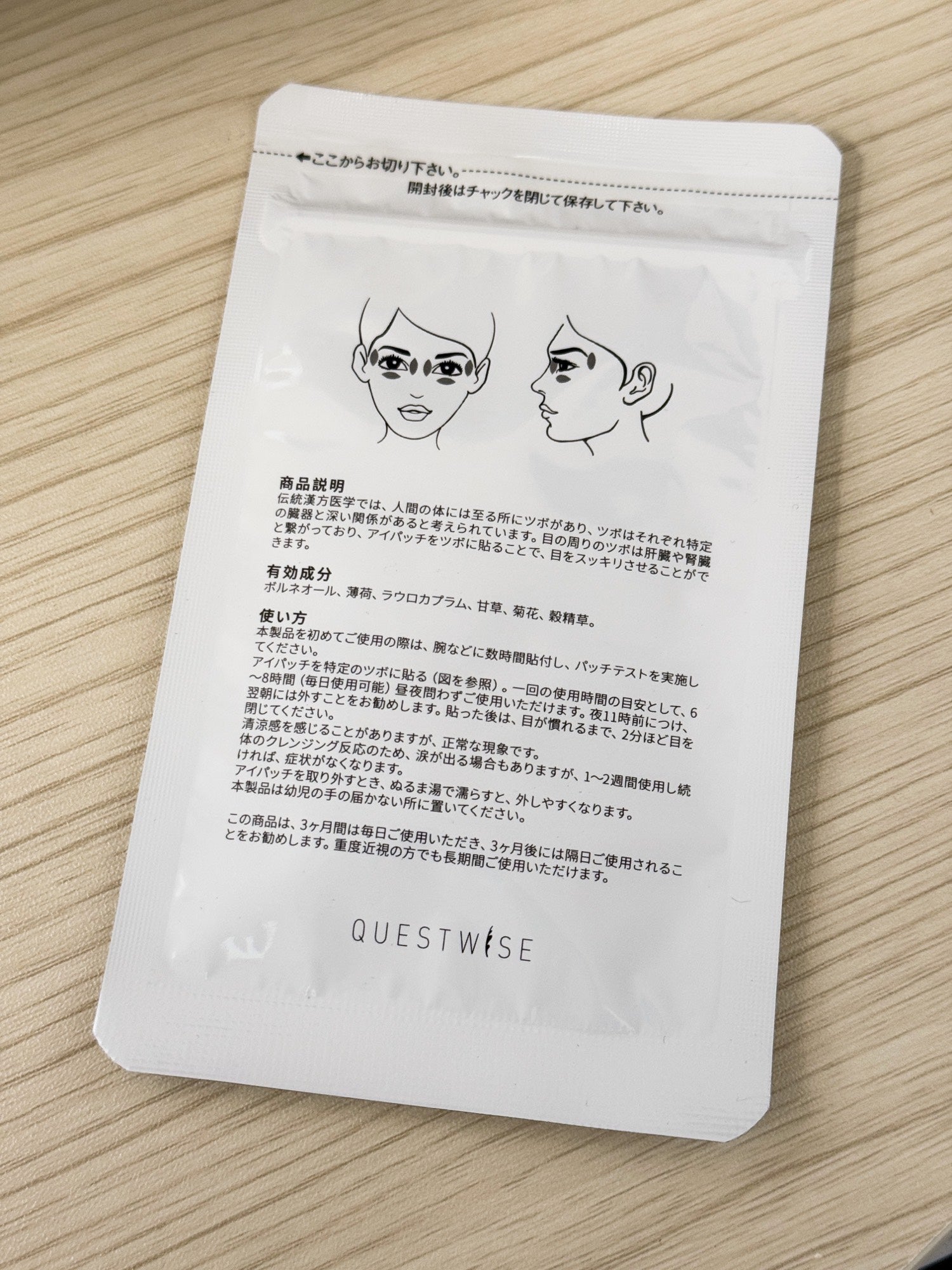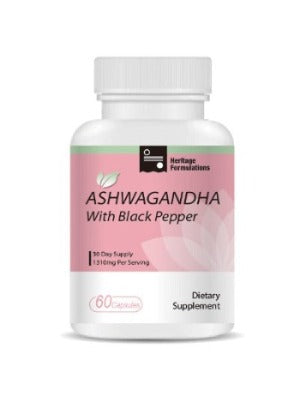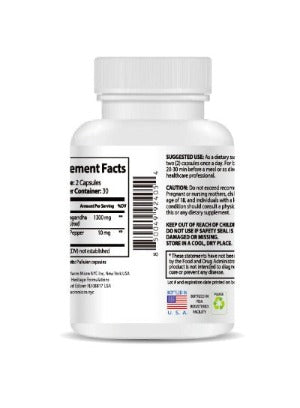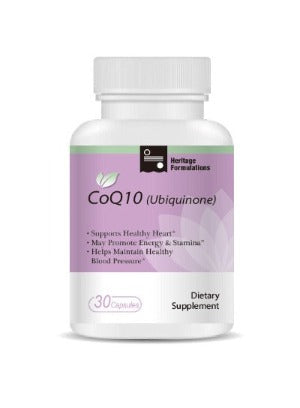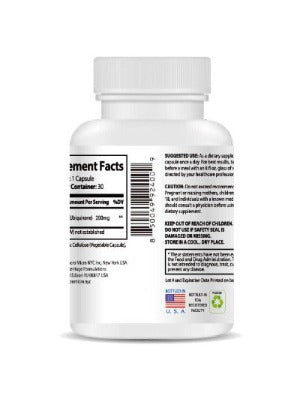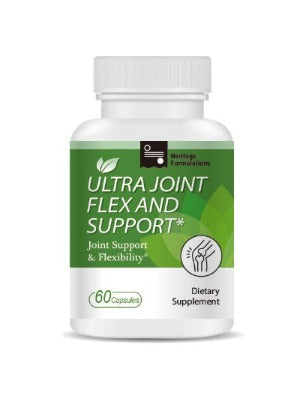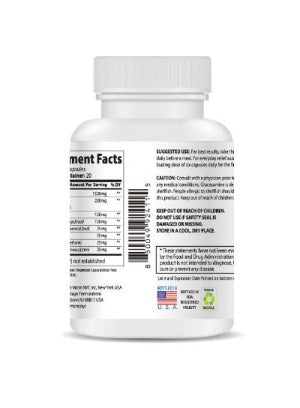When to Seek Professional Dry Eye Treatment: A Comprehensive Guide for 2025
Dry eye disease, a prevalent and often debilitating condition, affects millions worldwide. In 2025, with increased screen time and environmental stressors, understanding when to seek professional help for dry eyes is crucial for maintaining optimal vision and overall well-being. This comprehensive guide explores the intricacies of dry eye disease, outlining its symptoms, causes, and when professional intervention becomes essential. We'll also delve into the latest treatment options available, including the benefits of complementary therapies like the Wise Quest Soothing Eye Patches.
Understanding the Nuances of Dry Eye Disease
Dry eye disease isn't simply about occasional dryness or discomfort. It's a complex condition characterized by an imbalance in the tear film, the delicate layer protecting the surface of your eyes. This imbalance can stem from insufficient tear production, poor tear quality (leading to rapid evaporation), or a combination of both. The resulting symptoms significantly impact daily life, affecting clarity of vision, comfort, and overall well-being.
Symptoms of Dry Eye Disease: Recognizing the Warning Signs
The symptoms of dry eye disease can vary in severity and presentation. Some individuals experience mild discomfort, while others face significant vision impairment. Common symptoms include:
- Persistent burning, stinging, or itching sensations in the eyes. This feeling can be constant or intermittent.
- A gritty or sandy sensation, as if there's something foreign in the eye.
- Excessive tearing (paradoxically, this can occur because poor tear quality leads to irritation and reflex tearing).
- Blurred vision, which may fluctuate throughout the day. This is often worse after prolonged periods of focusing, such as reading or using a computer.
- Eye fatigue and discomfort, particularly after prolonged periods of near-work activities like using computers, smartphones, or tablets.
- Sensitivity to light (photophobia), making bright light uncomfortable or painful.
- Stringy mucus discharge from the eyes, often indicative of inflammation and poor tear quality.
- Difficulty wearing contact lenses, leading to discomfort, blurry vision, and even inability to wear them for extended periods.
- Eyelid inflammation (blepharitis), which can cause redness, swelling, and scaling of the eyelids. This often accompanies dry eye disease.
Root Causes of Dry Eye: Identifying Contributing Factors
Numerous factors can contribute to the development of dry eye disease. Identifying these factors is crucial for developing a comprehensive treatment plan. Common causes include:
- Age: The tear film's quality typically declines with age, making older adults more susceptible to dry eye.
- Gender: Women are disproportionately affected, potentially due to hormonal fluctuations.
- Environmental factors: Dry air, wind, sun exposure, and air pollution can all accelerate tear evaporation and worsen symptoms.
- Medical conditions: Several underlying health conditions can disrupt tear production or quality. These include autoimmune diseases (rheumatoid arthritis, lupus, Sjögren's syndrome), diabetes, and thyroid disorders.
- Medications: Many medications, such as antihistamines, decongestants, antidepressants, and birth control pills, can have a drying effect on the eyes as a side effect.
- Lifestyle factors: Prolonged screen time, inadequate sleep, dehydration, and lack of adequate blink rate (often due to intense concentration on screens) all contribute to dry eye development.
- Certain surgeries: Some eye surgeries, such as LASIK or cataract surgery, can temporarily or sometimes permanently affect tear production.
When Professional Intervention is Critical: Recognizing the Need for Expert Care
While over-the-counter artificial tears provide temporary relief for mild dry eye, they often fail to address the underlying causes. Seeking professional help becomes essential when:
- Symptoms are persistent and severe: If your symptoms persist despite using artificial tears, or if they significantly disrupt your daily life, consulting an eye care professional is paramount.
- Symptoms interfere with daily activities: Difficulty reading, driving, or performing other tasks due to dry eye necessitates professional attention.
- Vision is significantly affected: Blurred vision or fluctuating vision acuity warrants immediate evaluation by an ophthalmologist or optometrist.
- You experience chronic discomfort or pain: Persistent pain or severe burning and stinging sensations require professional diagnosis and treatment.
- You have other health conditions that might contribute to dry eye: If you have an autoimmune disease, diabetes, or another condition that could impact tear production, professional evaluation is essential.
- Over-the-counter treatments provide minimal relief: Artificial tears provide only fleeting relief, indicating a need for more comprehensive treatment strategies.
Professional Dry Eye Treatment: A Multifaceted Approach
Treatment for dry eye disease is highly individualized, tailored to the specific needs and severity of each case. Your eye care professional may recommend a combination of approaches:
- Lifestyle adjustments: Addressing contributing lifestyle factors, such as reducing screen time, increasing water intake, using a humidifier, and protecting eyes from environmental irritants.
- Artificial tears and lubricants: Prescription or over-the-counter lubricating eye drops, gels, or ointments, with varying viscosities to suit different needs.
- Prescription eye drops: These might include medications to reduce inflammation (such as cyclosporine or corticosteroids), stimulate tear production, or address underlying conditions contributing to dry eye.
- Punctal plugs: Tiny silicone plugs inserted into the tear ducts to slow tear drainage and increase the tear film's retention time on the eye's surface.
- Warm compresses and eyelid hygiene: Gentle warm compresses and eyelid scrubs can help remove debris from the eyelids, which can contribute to inflammation and dry eye.
- Intense pulsed light (IPL) therapy: A non-invasive procedure using light pulses to reduce inflammation in the eyelids and improve the quality of the meibomian glands (which produce an oily component of tears).
- Autologous serum eye drops: Eye drops made from a patient's own blood serum can provide lubrication and anti-inflammatory effects.
- Omega-3 fatty acid supplements: These supplements, rich in essential fatty acids, can improve tear quality and reduce inflammation.
- Prescription medication: Depending on the underlying cause, medications may be prescribed to address other health conditions contributing to dry eye, such as inflammation or autoimmune disorders.
Complementary Therapies for Dry Eye Relief: The Role of Wise Quest Soothing Eye Patches
In addition to professional medical treatment, complementary therapies can significantly enhance comfort and support healing. Wise Quest Soothing Eye Patches offer a unique approach to alleviating dry eye symptoms. Harnessing the power of traditional Chinese herbal medicine, these patches effectively address eye fatigue, dryness, astringency, redness, and swelling—common complaints of individuals who spend extensive time in front of digital screens. By promoting healthy blood circulation, they contribute to overall eye comfort and alleviate discomfort.

It's important to emphasize that while Wise Quest Soothing Eye Patches can provide soothing relief, they should be used as a complementary therapy and not as a replacement for professional medical care when needed. They are a valuable addition to a comprehensive dry eye management plan.
Prioritizing Your Eye Health: Seeking Timely Professional Care
Ignoring dry eye symptoms can lead to chronic discomfort, vision impairment, and potentially serious complications. Prompt diagnosis and treatment are essential for preventing these issues and maintaining optimal eye health. Don't hesitate to seek professional dry eye treatment if your symptoms persist or worsen. Regular comprehensive eye exams are also crucial for early detection and proactive management of dry eye and other eye conditions.
Conclusion: A Holistic Approach to Dry Eye Management
Dry eye disease significantly impacts quality of life, but with appropriate management, its effects can be mitigated. A holistic approach combining professional medical care with complementary therapies such as Wise Quest Soothing Eye Patches is key to effectively managing symptoms and promoting long-term eye health. Remember that early detection and proactive treatment are essential for minimizing discomfort and preserving visual acuity. Prioritize regular eye exams and don't hesitate to seek professional help when needed.


